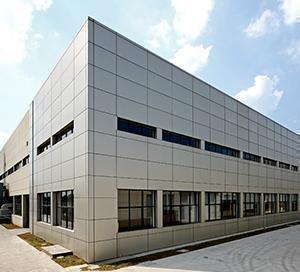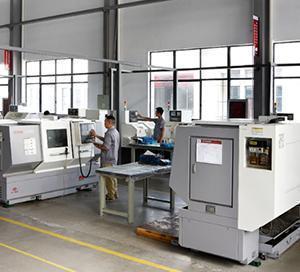In today's rapidly evolving technological landscape, sustainability and eco-friendliness have become paramount considerations. As industries around the world strive to reduce their carbon footprint and adopt cleaner, more efficient technologies, magnetic motor parts have emerged as a game-changing solution. These innovative components are redefining manufacturing processes, offering a greener, more sustainable path forward.
The Power of Magnetic Motor Parts
At the heart of this green revolution lies the power of magnets. Magnetic motor parts harness the extraordinary properties of magnets to generate motion, making them incredibly efficient and environmentally friendly. These parts, which include various components such as rotors, stators, coils, and permanent magnets, work in harmony to transform electrical energy into mechanical motion without the need for fossil fuels.
Here's how magnetic motor parts are contributing to a more sustainable manufacturing landscape:
Energy Efficiency: Magnetic motors are known for their high energy efficiency. They operate with minimal energy losses, which translates to reduced energy consumption in manufacturing processes. This efficiency not only lowers operational costs but also decreases the overall carbon footprint.
Renewable Energy Integration: Magnetic motor parts are a crucial component in various renewable energy technologies. They play a vital role in wind turbines and hydroelectric generators, helping convert kinetic energy into electricity without the pollution associated with traditional power generation.
Reduced Emissions: By eliminating the need for combustion, magnetic motors significantly reduce harmful emissions such as carbon dioxide (CO2) and nitrogen oxides (NOx). This makes them a cleaner alternative in manufacturing environments where emissions have historically been a concern.
Enhanced Sustainability: The longevity and durability of magnetic motor parts contribute to sustainable manufacturing practices. With fewer maintenance requirements and longer lifespans, these components reduce the need for resource-intensive replacements.
Minimal Noise Pollution: Many manufacturing operations produce considerable noise pollution, impacting both workers and nearby communities. Magnetic motors operate quietly, improving workplace conditions and reducing noise-related disturbances.
Applications Across Industries
Magnetic motor parts have found applications across a wide range of industries, each benefiting from their unique advantages:
Electric Vehicles (EVs): The automotive industry has embraced magnetic motors to power electric vehicles. These motors offer superior efficiency and contribute to reducing greenhouse gas emissions.
Industrial Machinery: Manufacturers are incorporating magnetic motor parts into various types of industrial machinery, from conveyor systems to pumps. This results in energy savings and increased productivity.
Sustainable Manufacturing: Magnetic motors are a cornerstone of sustainable manufacturing practices. They are used in robotics, 3D printing, and other advanced manufacturing technologies to reduce energy consumption and waste.
Consumer Electronics: Portable devices, home appliances, and consumer electronics benefit from the compact size and efficiency of magnetic motors, improving overall product sustainability.
The Future of Green Manufacturing
As manufacturers worldwide aim to align with sustainable goals and reduce their environmental impact, magnetic motor parts are poised to play a pivotal role in shaping the future of green manufacturing. Their efficiency, reliability, and versatility make them a compelling choice for a wide range of applications, from transportation to industrial production.
 English
English 日本語
日本語 한국어
한국어 français
français Deutsch
Deutsch Español
Español italiano
italiano русский
русский português
português العربية
العربية





